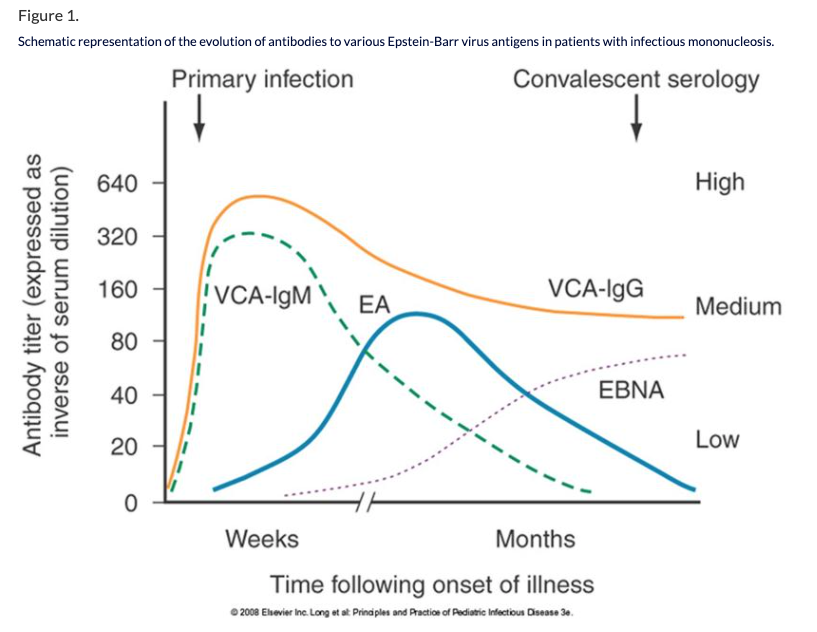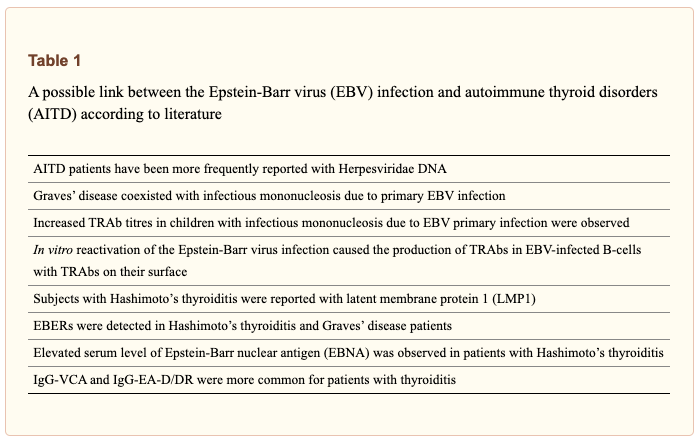Other viruses in the family include:
- Cytomegalovirus (CMV): The leading cause of non-genetic hearing loss.
- Varicella-zoster virus (VZV): The cause of chickenpox and shingles.
- Human Herpesvirus 6 (HHV6): The cause of a rose-colored rash in infants (roseola infantum).
- Herpes Simplex Virus (HS1): Type 1 herpes causes sores around the mouth and lips, called cold sores or fever blisters.
- Herpes Simplex Virus (HS2): Type 2 produces genital herpes, which is considered an STD.
Like the closely related viruses, EBV gets around through bodily fluids like saliva or blood. It can sometimes cause mono too.
Who Gets It?
Your chances of getting EBV are incredibly high. According to the CDC, most people get infected with EBV.1 Around 95% or more of the worldwide population has had EBV by adulthood.
The virus often spreads through saliva on a drinking glass or toothbrush.
You might not even realize you have EBV. Most people don’t.
It typically happens in early childhood and isn’t distinct from the common cold or flu. Some people don’t exhibit symptoms at all.
Other people are exposed to EBV for the first time as teens. Many times these exposures include a more significant viral load. These cases can become infectious mononucleosis or mono.
Someone with mono could have symptoms like:
- Exhaustion
- Fatigue
- Fever
- Swollen glands
The symptoms typically last two to three weeks. Most people make a full recovery.
However, most viruses are not our friends.
They put low-grade stressors on the body that can affect us long-term. People with active EBV or previous acute infections have a greater risk of lymphomas, especially when the virus is not entirely suppressed.
Most of us get EBV early in life, and it’s inconsequential. We suppress the virus until the amount is negligible. It’s still there, but it hangs out without causing any symptoms.
















